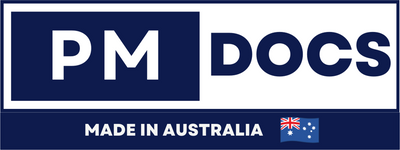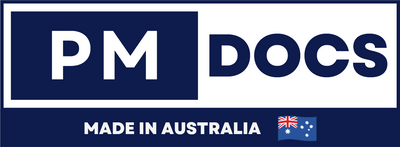SOC 2 Certification For Financial Services In Australia Explained
Introduction
In today's digital age, safeguarding sensitive information is more crucial than ever, especially for the financial services sector. This is where SOC 2 compliance comes into play. But what exactly is SOC 2, and why is it so vital for financial services in Australia? This article will delve into these questions, providing you with a comprehensive understanding of SOC 2 and its significance.

What Is SOC 2?
SOC 2 stands for System and Organization Controls 2, a framework developed by the American Institute of CPAs (AICPA). It's designed to ensure that service providers manage data securely to protect the interests and privacy of their clients. SOC 2 is not a one-size-fits-all checklist but rather a flexible framework that focuses on five "trust service principles": security, availability, processing integrity, confidentiality, and privacy.
The Five Trust Service Principles
-
Security: The system is protected against unauthorized access, both physical and logical.
-
Availability: The system is available for operation and use as committed or agreed.
-
Processing Integrity: System processing is complete, valid, accurate, timely, and authorized.
-
Confidentiality: Information designated as confidential is protected as committed or agreed.
-
Privacy: Personal information is collected, used, retained, disclosed, and disposed of in conformity with the commitments in the entity’s privacy notice.
SOC 2 Compliance In Australia
In Australia, the financial sector is heavily regulated, and maintaining compliance with international standards is essential. SOC 2 compliance is increasingly becoming a benchmark for companies looking to demonstrate their commitment to data protection and privacy.
Why is SOC 2 Compliance Important?
- Trust and Assurance: SOC 2 reports provide assurance to customers that their data is being managed with care. This is especially important for financial services where trust is paramount.
- Competitive Advantage: Achieving SOC 2 compliance can set a business apart from competitors who have not yet taken this step.
- Risk Management: By adhering to SOC 2 standards, companies can better manage risks related to data breaches and unauthorized access.
Steps To Achieve SOC 2 Compliance
-
Define Your Scope: Determine which of the five trust service principles apply to your business.
-
Gap Analysis: Conduct an assessment to identify gaps in your current processes and controls.
-
Implement Controls: Develop and implement the necessary policies and procedures to address identified gaps.
-
Internal Audit: Before undergoing a formal audit, conduct an internal audit to ensure readiness.
-
Engage an Auditor: Select a qualified SOC 2 auditor to conduct the formal audit.
Benefits For Financial Services
For financial services in Australia, SOC 2 compliance offers numerous benefits:
- Enhanced Customer Confidence: Clients are more likely to trust a company that can prove its commitment to protecting sensitive information.
- Regulatory Alignment: SOC 2 compliance helps ensure alignment with other regulatory requirements, such as the Australian Privacy Principles (APPs).
- Operational Efficiency: The process of becoming SOC 2 compliant often leads to improved internal processes and controls.
Common Challenges And Solutions
Challenge 1: Understanding the Framework
Many businesses struggle with understanding the SOC 2 framework and its applicability to their operations.
Solution: Engage with experts who specialize in SOC 2 compliance. They can provide guidance and clarity on how the principles apply to your business.
Challenge 2: Resource Allocation
Achieving SOC 2 compliance requires time and resources, which can be daunting for smaller organizations.
Solution: Prioritize areas that pose the highest risk and allocate resources accordingly. Consider phased implementation to manage workload and costs.
Challenge 3: Maintaining Compliance
Once compliance is achieved, maintaining it can be challenging due to evolving standards and business practices.
Solution: Establish a compliance team responsible for ongoing monitoring and updating of controls. Regular training and audits can also help maintain compliance.
Conclusion
SOC 2 compliance is not just a regulatory requirement but a vital component of business strategy for financial services in Australia. It ensures that companies are effectively managing and protecting customer data, thereby fostering trust and confidence. By understanding and implementing SOC 2 principles, financial institutions can not only meet regulatory demands but also gain a competitive edge in the market. Investing in SOC 2 compliance is an investment in the future of your business. It builds a solid foundation for data security, enhances customer relationships, and positions your company as a leader in data protection. As the financial landscape continues to evolve, staying ahead with robust compliance strategies will be key to long-term success.




